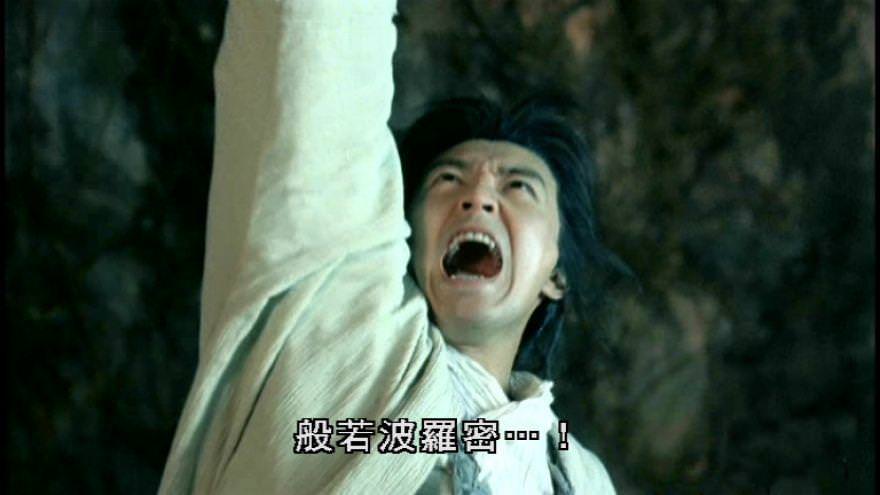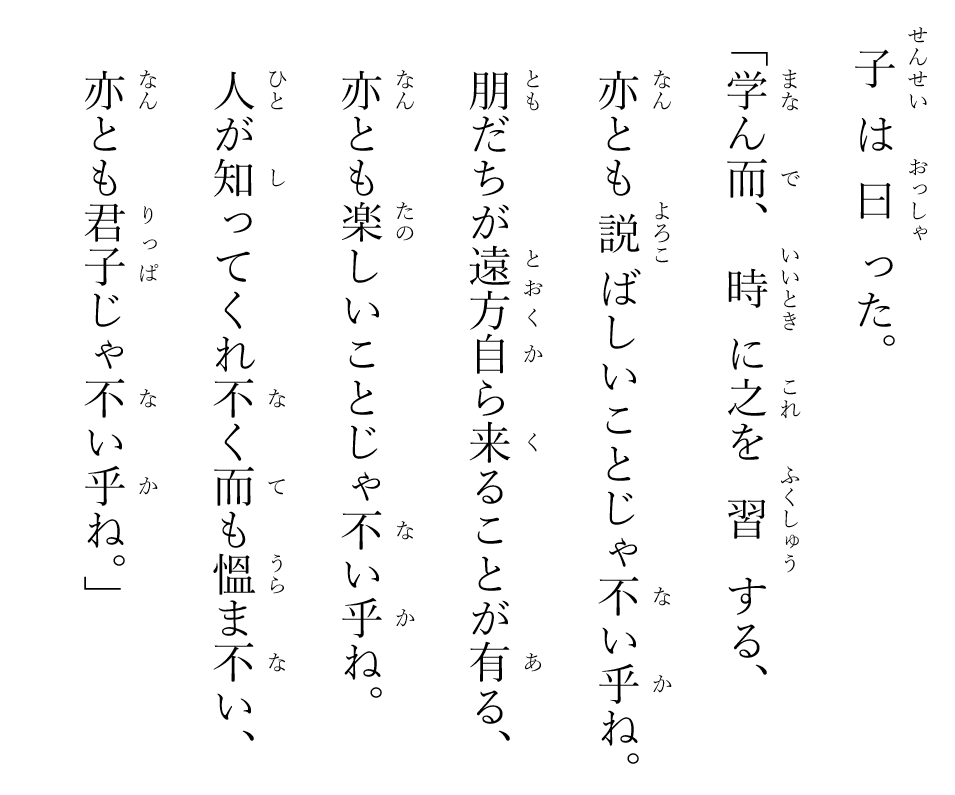The Chinese students of Morrison and Milne
In 1807, the London Missionary Society (LMS) dispatched Robert Morrison 馬禮遜 (b. 1782, d. 1834) to China to evangelize the Chinese. Morrison was working alone for many years before he was joined by other LMS colleagues. He was joined by William Milne (b. 1785, d. 1822) in 1813 and Walter H. Medhurst in 1817. Both Morrison and Milne were both students of David Bogue (b. 1750, d. 1825) at the Independent Chapel of Gosport, and they inherited Bogue's model, emphasizing that Christianity should be memetically diffused through education within the target community, rather than through mechanical conversion.
Later, Morrison and Milne decided to use Melaka as their base because their activity in Guangzhou was severely constrained by Qing rules. In April 1815, William and Rachel Milne (b. 1783, d. 1819) brought woodblock printers named Tsae A-ko 蔡高 (b. 1788, d. 1818) and Leang A-fa 梁恭發 (b. 1789, d. 1855) from China to Melaka. Three years later in 1818, the Anglo-Chinese College 嗎𠯿呷英華書院 was seeded.
- 弟阿非羅乎,余先言耶穌始行訓諸情
- 至於以聖風囑其所選之使徒後而被取上去之日
- 蓋受難後其以多實憑據,四旬之間,現已活與伊等看,而言神國之情
- 又同食間命曰:勿離耶路撒冷,惟候父之許,汝曹所曾聞出吾口
- The former treatise haue I made, O Theophilus, of al that Iesus began both to doe and teach,
- Untill the day in which hee was taken vp, after that he through the holy Ghost had giuen commaundements vnto the Apostles, whom he had chosen.
- To whom also he shewed himselfe aliue after his passion, by many infallible proofes, being seene of them fourty dayes, and speaking of the things perteining to the kingdome of God:
- And being assembled together with them, commanded them that they should not depart from Hierusalem, but wait for the promise of the Father, which, saith he, ye haue heard of me.
Leang was initially a Buddhist but he soon found himself increasingly drawn to Christianity after attending Milne's services repeatedly, and on a November Sunday in 1816, he was baptized by his boss. Leang began to write about Christianity and his first product was the 37-page 救世錄撮要畧解 (An annotated reader for saving the world). Leang printed 200 copies of the book while in Melaka, with woodblocks carved by himself. However, upon his return to Guangzhou in April 1819, the distribution of these copies quickly brought trouble for him and he was jailed by the Qing authorities. Fortunately, Morrison bailed him out two days later and he returned to Melaka.
After Milne's death in 1822, Leang returned to Guangzhou. He was employed by Morrison and was ordained a priest by his new boss in 1827. In China, Leang produced a longer and a more complex evangelical work titled 勸世良言 (Goods words to admonish the age). The draft was proof-read by other missionaries and the final product was released in Guangzhou in 1832. A copy of this book was chanced upon by a 22-year-old Hakka named Hong Xiuquan 洪秀全 (b. 1814, d. 1864) in 1836.
In 1843, after his fourth failure at the imperial examination (鄉試 prefectural level), a deeply shaken Hong, fueled by frustration and anger, began to drastically switch off his innate Confucian model and turned to the teachings in Leang's work. Like Leang, Hong began to allow his newly acquired Christian idea to flow through his Chinese brush and he composed titles such as 原道醒世訓 (Teachings on the Way to awake the world) and 原道覺世訓 (Teachings on the Way to enlighten the world). These works were later used by Hong as the theoretical foundation of a new cult, the God Worshipping Society 拜上帝會.
Hong's religious experiment swiftly frankensteined into a military movement, unleashing rivers of blood across Southern China.
- In London, Robert Morrison was tutored by a Cantonese named Yong Sam-Tak 楊善達. In 1805, Morrison gave Yong a Chinese manuscript he had obtained from the British Museum, and requested Yong to produce a handcopy (Sloane manuscript 3599).
The identity of the translator of this manuscript (Quatuor Evangelia Sinice, or Harmony of the Four Gospels and other New Testament texts 四史攸編・耶穌基利斯督福音之會編) was determined only many years later by B. H. Willeke (1945) and Yazawa Toshihiko 矢澤俊彦 (1967).
He was Jean Basset 白日昇 (b. 1662, d. 1707), a member of the Paris Foreign Missions Society. Basset had arrived in Guangzhou in 1689, approximately 120 years before Morrison. See A. C. Moule (1949) A manuscript Chinese version of the New Testament (British Museum, Sloane 3599), Journal of Royal Asiatic Society 81(1), p. 23- 33.
Holy Bible in Chinese 神天聖書, by Morrison and Milne, from the London Missionary Society. Although the translation was completed in 1819, the print version was not available until 1823. This edition was printed in Melaka in 1829 (道光七年).
It is interesting to note that Morrison did not use the shortest route via an English vessel because the the East India Company's strictly anti-missionary policy. Thus, Morrison was constrained and he had to use an American ship, to travel to Guangdong. Morrison left the UK on 31 January 1807, and stopped for nearly a month in New York, there Morrison obtained a letter of recommendation from James Madison (b. 1751, d. 1836), and he used the letter to connect himself to Edward Carrington (r. 1802 - 1804; 1807 - 1809), the Amercian Consul at the Canton Factories 十三行. Madison was the Secretary of States (r. 1801 - 1809) and the future fourth president of the United States (r. 1809 - 1817).

- Bogue's model was fossilized in the College Deed of the Anglo-Chinese College: Reciprocal cultivation of English and Chinese literature as well as the diffusion of Christianity 促進中西方學術交流,並廣傳基督福音. The most famous headmaster of the College was perhaps James Legge 理雅各, who was the Chair of Chinese Language and Literature at Oxford (1875). The College was moved by the London Missionary Society from Melaka to Hong Kong in 1843. See for example John Roxborogh (2014) A history of Christianity in Malaysia, Seminari Theoloji Malaysia.
- Approximately one year before the Milnes were relocated to Melaka, Hong Qiuquan 洪秀全 was born on 1 January 1814 (嘉庆18年岁癸酉12月10日). Feng Yunshan 馮雲山 (b. 1815, d. 1852) was one year younger than Hong. On 15 January 1811, Mahmud III, the last Johor-Pahang-Riau king died and the power was passed to the Bugis underking, Yamtuan Raja Ja‘far. Raja Ja‘far was the father of Raja Abdullah and Raja Jumaat, who seeded Kuala Lumpur with Hakka miners. 1811 was an important year in the history of Malay history because after the death of Mahmud III, the grandfather of Sultan Abu Bakar moved from Riau to Singapore and Raja Ja‘far bypassed the crown prince Tengku Husain and installed his half-brother Abd al-Rahman in Lingga.
- William Milne was memorialized in an inscription housed at Christ Church in Melaka (formerly Dutch Reformed Church).
The epitaph reads: Sacred to the memory of the Revd. William Milne, D.D., Protestant missionary to China, under the auspices of the London Missionary Society. For seven years he resided at this Settlement as Principal of the Anglo-Chinese College: superintending the education of Chinese and Malay youths, composing useful and religious tracts in their respective languages, and officiating in this Church as a faithful minister of the Gospel of Christ, but the chief object of his labours in co-operation with the Revd. Robert Morrison, D.D., was the translation of the earliest Protestant version of the Holy Scriptures in Chinese, in which he rendered most valuable and efficient service. He was born in the year 1785, in Kennethmont, Aberdeenshire, left England as a missionary, 1812, and died in Malacca, June 2nd 1822, at the age of thirty seven.

TV-series produced by TVB: 使徒行者(三) Line Walker Season 3: Bull Fight (9 November 2020 to 27 December 2020). The title of the series was obviously a witty exploitation on a similarly titled biblical book: Acts of the Apostles 使徒行傳.
- Cai was baptized by Morrison on 16 July 1814 (Saturday). Leang was baptized two years later by Milne on (3|10|17|24) November 1816 (Sunday). Hong Xiuqiu asked his minister Issachar J. Roberts 羅孝全 (b. 1802, d. 1871) to baptize him but his request was refused. So Hong baptized himself.
- Rachel Milne died in Klebang, three years before her husband. Her biography can be found on her tombstone in the Dutch Graveyard in Melaka.
The epitaph reads: Erected to the memory of Rachel, wife of the Rev. W. Milne, who died at Claybang, near Malacca, March 20th, 1819, aged 35 years and 6 months, having buried an infant son and daughter, and leaving behind her four small children and an affectionate husband, in whose breast her memory is embalmed. Her life was distinguished, as a child, by filial reverence; as a Christian, by humble confidence; as a wife, by modest submission; as a mother, by affectionate tenderness; and as a member of society, by many exemplary virtues. She died in hope of eternal life, through Jesus Christ. The mortal remains of David Milne, who died 4th May, 1816, aged two days; and of Sarah Milne, who died 10th April, 1817, aged four days, are interred a little to the left of this stone.
- The English opening lines are taken from the KJV Bible (1611). See for example, The Holy Bible: King James Version, Quatercenternary Edition, Oxford University Press (2010).
- Note that each phonetic value (馬, 六, 甲) is prefixed with the mouth radical: 口 × (馬 + 六 + 甲) = 嗎 + 𠯿 + 呷. Similarly, the Malay word ‘Perak' is usually parsed into 吡叻 and orthographic principle applied is similar: 口 × (比 + 力) = 吡叻. Unfortunately, this orthographic convention has faded into obscurity. For example, in the textbook written for the Independent Chinese high schools in Malaysia, we have: 蘇丹目札法在位的時候,任命敦吡叻 (Bǐlè) 為首相,在他輔助下,兩次擊敗暹羅的侵略,馬六甲國力開始強盛. See History Vol. 1 (2019) p. 94. Here, the word 叻 should be pronounced as 力 (lì) instead of lè. Another way to render ‘Perak' is 霹靂. Note that the second sound is lì. Other examples are: (a) the old name of Singapore was 𠰴叻 (Malay word selat): 口 × (石 + 力) = 𠰴叻; (b) Langat in Selangor 呀吃 = 口 × (牙 + 乞) ≈ 呀𠮾 = 口 × (牙 + 兀).
- In bible.com, the sentence was incorrectly broken into: 弟阿非羅乎,余先言耶穌始行,訓諸情。Actually, Morrison's translation contains a mistake. In verse 3, we were told that Jesus presented (現) himself (己) alive (活) to (與) them (伊等) by (以) many (多) proofs (實憑據) after he had suffered (蓋受難後), appearing to them during forty days (四旬之間) and speaking about the kingdom of God (言神國之情). Morrison's translation was: 蓋受難後其以多實憑據,四旬之間,現已活與伊等看,而言神國之情. It is not sure if this typo was due to Morrison or the woodcarver.
- Spence (1996) translated 坦磐 (tǎnpán) to Adam and Pangu 盘古, which is unlikely to be correct. If tǎnpán is not be be deciphered phonetically but semantically, the word is technically flat (坦) stone (磐). If this guess is correct, then Hong's tǎnpán must be a reference to slab given to Moses by God. Hong was reminded by Edkins in the tract that at Mount Sinai, God told Moses that He cannot be viewed directly and then proceeded to laser some words onto two pieces of slabs: 耶和華謂摩西曰:於此有磐,可駐爾足。磐有穴,我引爾入焉,以手掩之、俟榮光既過,則弗蔽蓋。爾觀我後則可,瞻我前則不可. Hong's tǎnpán is likely a reference to God's lexical projection on the tablets. Also, Spence incorrectly translated 諒 as ‘pardon', when it should be ‘understand'. The word 認實 was used specifically by Hong to refer to the very act of acknowledging the veracity of God, for example, in 封五王詔, he wrote: 通軍大小兵將,各宜認實真道而行,天父上主皇上帝才是真神,天父上主皇上帝以外皆非神也
- Revd. Liang Xueshan 梁學善居士 (1832) Goods words to admonish the age 勸世良言, Anglo-Chinese College Press 嗎𠯿呷英華書院, Melaka. Revd. Xueshan 學善居士 was Leang's title. Leang's book was supposedly given to Hong Xiuquan by Edwin Stevens (b. 1802, d. 1837). This event was significant because it set Hong into a spiritual spiral of doom, serving as proof that elements of the Abrahamic faith can be easily manipulated and abused for sociopolitical purposes. Ironically, ‘子曰:道不遠人' (Confucius said: The true way is always within reach) was quoted by Leang to preface his book.
In a TV-series (Twilight of a Nation 太平天國, 28 November 1988 to 27 January 1989) produced by TVB, Lui Leung Wai 呂良偉 was cast as Hong Xiuquan.











Comments